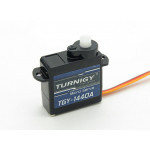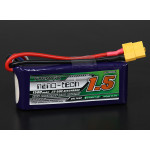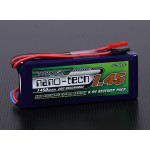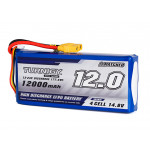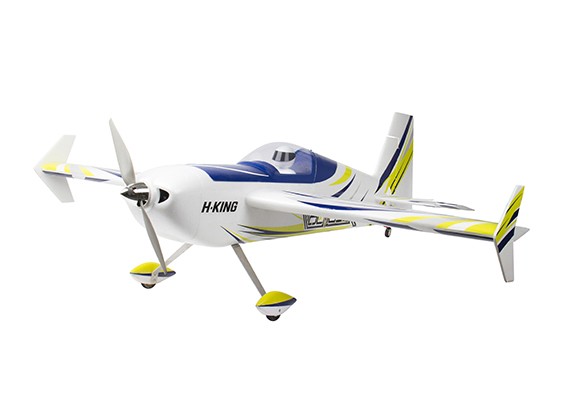
We have provided below most of the common problems when preparing your plane for its first flight.
| Problem | Possible Solution |
|---|---|
|
My motor spins the wrong way |
Your motor should be spinning in the counter-clockwise direction and producing noticeable thrust. If your prop is spinning clockwise, it’s very easy to fix. Simply swap any two of the motor wires over that are plugged into the ESC. |
|
One of my control surfaces is going in the wrong direction |
In most cases, the best way to resolve this problem is by reversing the channel on your transmitter. Almost all transmitters provide this option on their menu. Simply locate the setting by consulting the user manual for your transmitter. |
|
I get a loud vibration when I throttle up |
The cause of this could be one of two common things:
Simply tighten the engine or look to re-glue it in place |
|
I cannot connect my transmitter to my plane |
Assuming you have powered your plane and you have heard the typical beeps, you will need to ensure that you have binded your transmitter to your receiver correctly. Please consult your transmitter manual on binding your transmitter and plane. |
|
My servo is making a strange sound |
Some cheaper servos buzz when powered or when it is still, which is normal. However, if your servo is making a grinding sound when moving, it may be that the gears are damaged in some way. It’s best to replace a servo in these instances to avoid failure in the air. |
|
My motor seems slow and might not get me off the ground |
In some cases, you will need to calibrate the throttle on your receiver with the ESC. In most cases, this is done by
This should work for most transmitters and ESCs. If it doesn't work for you, you will need to consult the manual for your ESC. |
|
My plane makes a constant beeping sound when I connect my receiver and the motor will not spin |
Please refer to the section above about calibrating your throttle and ESC. |
|
I have broken a part fo the plane's fuselage or wing, how can I repair it? |
Foam on a model aircraft is quite different from your typical foam. In most cases, it's dense and can withstand a great deal of punishment. However, it may be that you have dropped the plane or crashed and need to re-attach the broken part. Certain types of foam can react to glue by melting or warping. Make sure you test the glue on a small area of your aircraft where damage may not be noticeable. In most instances you can use two types of glue: Epoxy GlueThis is a two-part glue that cures in a set timeframe. Some set in as little as 5, 10. 15 0r 30 minutes. Super GlueThis is also a popular solution for repairing aircraft. Both types of glue can be purchased through HobbyKing |
Written by Thomas
Hear it First: Join our Mailing List
Sign up to receive new product updates, exclusive discounts, news, and more!

